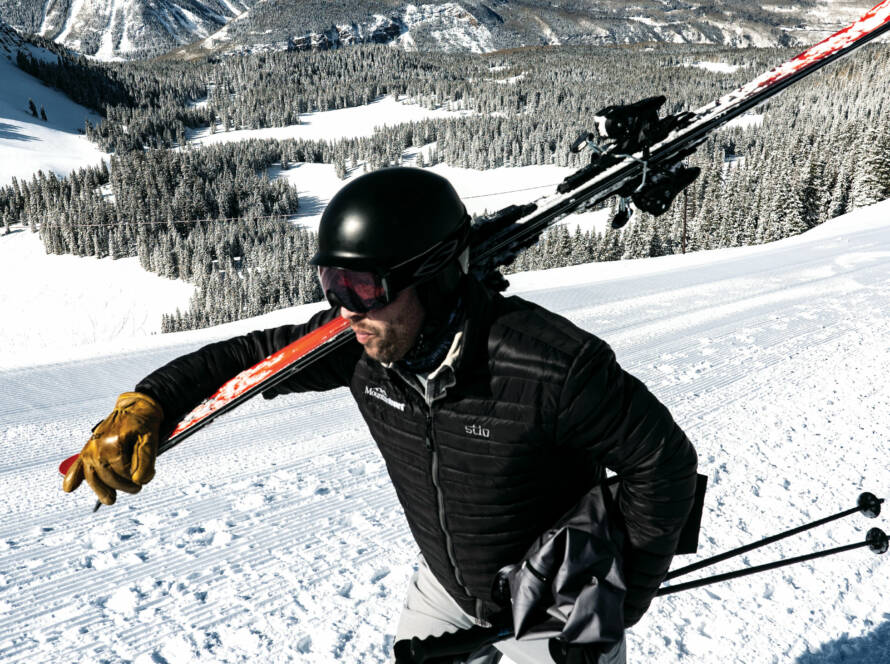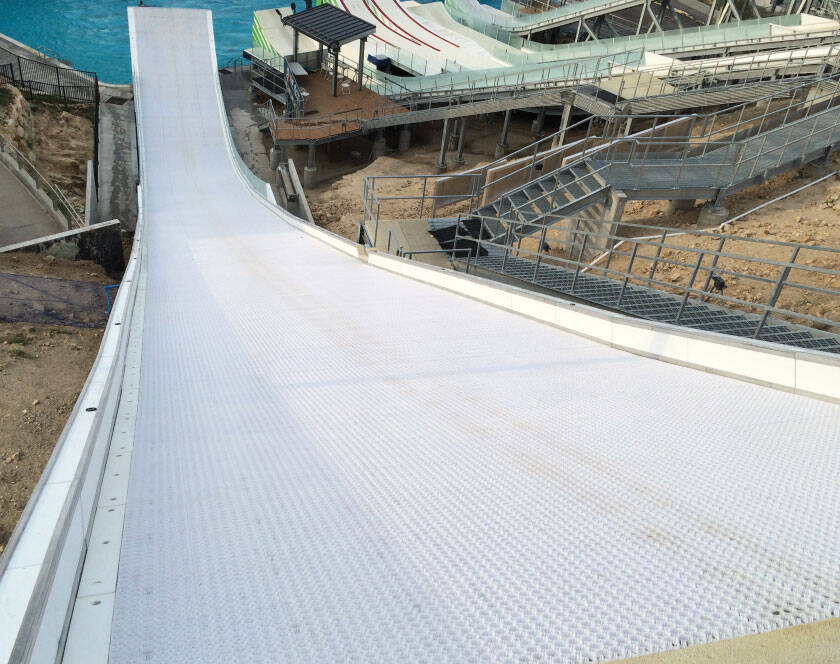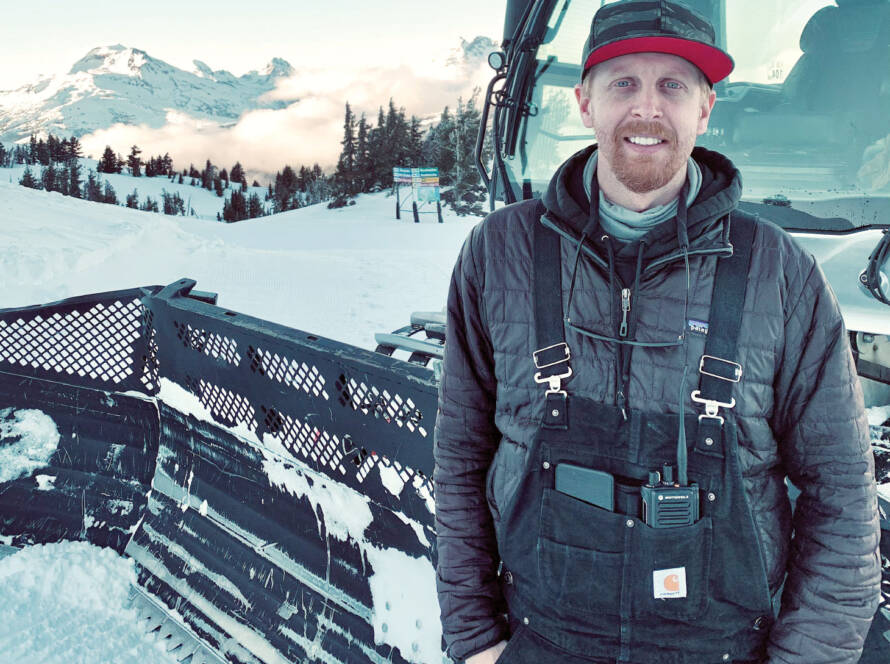Even in the cold of winter, people are often looking for different activities to do that provide great outdoor exercise. There are tried and true options like skiing and skating, of course, but there’s one up-and-coming activity you may not even know about that doesn’t need deep powder or a frozen pond.
It is called Nordic walking, and it’s a form of fitness walking that utilizes specially designed poles. As the name suggests, it originated in Scandinavia, where competitive cross-country skiers started doing it as a cross-training activity during the off-season.
In the past few decades, Nordic walking has become a popular year-round pastime for athletes and non-athletes alike in Europe. It’s been gaining popularity in North America in recent years, as more people become aware of its many health and fitness benefits.
Tom Rutlin of Madison, Wis., produces his own brand of Nordic walking poles under the Exerstrider brand. A self-professed fitness fiend, he discovered the benefits of Nordic walking while recovering from a running injury in the 1980s. Rutlin went from running 50 to 60 miles a week to Nordic walking about 20 miles a week, and lost weight and added muscle in the process.
“It was more efficient exercise,” he said. “A shorter, more intense workout became a substitute for the long run.” Rutlin notes that the fitness benefits are quite similar to Nordic skiing because of the involvement of the upper body.
“It adds something to just going for a walk,” said Lori Hildebrandt, a physical education schoolteacher in Winnipeg, Man., who’s also a certified Nordic walking instructor. “Your arms are involved, which gets your heart rate higher. It becomes more of a full body activity.”
Hildebrandt’s clients range from avid walkers who are looking to get a little bit more out of their walks, to people recovering from injuries or those who have balance or mobility issues and can benefit from the added stability that the poles provide. Many are seniors who are simply seeking a convenient, low-impact activity that isn’t too hard to do.
Growing popularity
Hildebrand started Nordic walking about a dozen years ago when an injury prevented her from running as often as she’d like. “I think I may have been the only person doing this in Winnipeg back then,” she said. “There’s definitely a lot more people doing it now.”
Mandy Shintani agrees. She’s the co-founder of equipment maker Urban Poling, a British Columbia-based company that also provides Nordic walking education through an extensive network of certified instructors like Hildebrandt. Shintani says business has been flourishing in recent years as Nordic walking has become more popular in Canada.
“It has grown from most Canadians saying they’ve never heard of this activity, to where I would say most Canadians have either seen it, they’ve tried it or they’ve heard about it. The general awareness of Nordic walking has grown exponentially,” she said.
Shintani notes that Urban Poling’s biggest customer group is women aged 40-plus. For many of them who are juggling work and homelife and have little time left for working out, Nordic walking represents an easy, cost-effective option that can be as simple as walking out the front door, she says.
Rutlin maintains the growth of Nordic walking in the U.S. has been slower than in Canada, partly because of the misconception that it’s primarily a training activity for cross-country skiing. But that’s changing, he says, as more people experience Nordic walking and come to understand its benefits.
Nordic walking poles are used differently than those in cross-country or downhill skiing, and they have special ergonomic handles that are designed for comfort, safety and core strengthening. Exerstrider and Urban Poling poles come equipped with rubber tips for use on sidewalks and roads, which can be removed to expose metal tips that are great for gripping ice and snow.
“It’s fantastic for the wintertime because you could take those rubber tips off and you basically have a carbide steel tip that will help prevent slips and falls,” said Shintani.
There are numerous types of Nordic walking, and it’s generally done differently in North America these days than in Europe. One type pioneered by Rutlin, for example, is based on more of a natural walking style than European versions that more closely resemble cross-country skiing.
Shintani said an interesting aspect of Nordic walking is illustrated in research showing that “when people use poles, they walk further, they walk faster, and they walk more frequently. So there’s something very motivational about using poles.”
Hildebrandt says another appealing aspect of Nordic walking is that it’s a four-season activity. As long as you’re dressed properly for it in the winter, she notes, Nordic walking is something that almost anybody can do, and it can be done almost anywhere. As Hildebrandt said, “all you need is a set of poles.”


